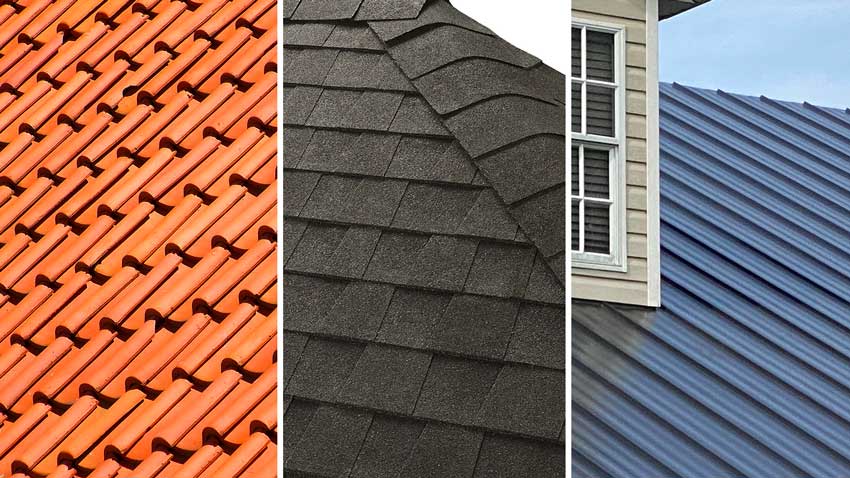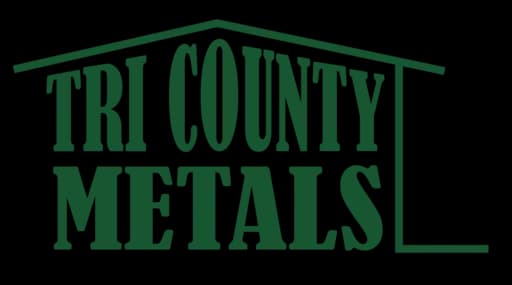Pitched Roof vs. Flat Roof: Pros, Cons, and How to Choose
Freak weather events are making headlines—and for good reason. With weather disasters costing over $155 billion annually, Florida homeowners are right to ask: is my roof built to withstand the worst?
Choosing between a pitched roof vs flat roof is one of the most important decisions you’ll make for your home’s durability, safety, and function. Let’s compare the pros, cons, and materials of each to help you decide.
Take the first step
Schedule a fast, no-pressure visit. Since 1987 we’ve got you covered.
Get startedWhat Is a Pitched Roof?
A pitched roof has a noticeable slope—often two sides sloping down from a central ridge. This design allows for effective water runoff, reducing the chance of water pooling.
Pitched roofs can be constructed using materials like asphalt shingles, slate, tile, or metal. Each offers unique durability:
- Asphalt shingles: Affordable, versatile, and widely used.
- Slate: Long-lasting (over 100 years), but expensive and heavy.
- Clay tiles: Aesthetically pleasing and durable (up to 70 years) but vulnerable to high winds.
- Metal roofing: Lightweight, energy-efficient, and durable when installed by pros.
What Is a Flat Roof?
Despite the name, flat roofs are built with a slight slope for proper drainage. Common materials include:
- Tar and gravel
- Modified bitumen
- PVC or TPO membranes (often Energy Star rated)
- EPDM rubber
Modern flat roofing systems are sealed and energy-efficient, particularly useful for commercial or minimalist residential designs.
Advantages of a Pitched Roof
- Excellent drainage and water diversion, ideal for high-rain areas like Sarasota
- Less prone to leaks
- Longer lifespan, with lower long-term maintenance costs
- Simple inspections and cheaper shingle replacements
- Potential for attic space or loft conversions
Disadvantages of a Pitched Roof
- More expensive to build and replace
- Can limit interior space due to sloped ceilings
- Requires more materials and labor during installation
Advantages of a Flat Roof
- Lower upfront cost and faster installation
- Usable rooftop space for solar panels, gardens, or terraces
- Less disruptive during repair or installation
Flat roofs installed by a qualified flat roof installer can last 10–20 years with proper drainage.
Disadvantages of a Flat Roof
- More vulnerable to water pooling and leaks
- Shorter lifespan than pitched roofs
- Damage may go unnoticed until it’s too late
- Harder to detect problems early compared to pitched roofs (e.g., broken shingles)
Pitched Roof vs. Flat Roof: Which Is Right for You?
Both roof types offer unique benefits, and the right choice depends on your budget, aesthetic goals, weather exposure, and long-term plans. In Florida’s wet climate, a pitched roof often provides better longevity and water resistance.
Still unsure which is best for your home? Contact us at SonShine Roofing—we’ll help you assess your roof’s needs and recommend the ideal solution.















